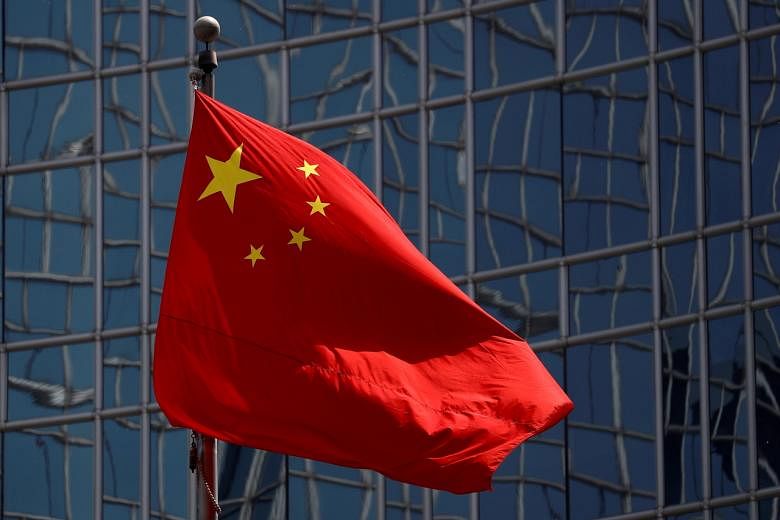HONG KONG (REUTERS) - China's securities regulator is setting up a team to review plans by Chinese companies for initial public offerings (IPOs) abroad, sources with knowledge of the matter said, including those using a corporate structure which Beijing says has led to abuse.
Chinese companies looking to list offshore will also need approval from the relevant ministry, the sources told Reuters, in a break from a decades-old arrangement that did not require them to seek a formal go-ahead from any authorities in China.
The China Securities Regulatory Commission's (CSRC) team will mainly sharpen its focus of companies seeking to list overseas using a structures known as Variable Interest Entities (VIEs), three people with knowledge of the matter said.
The VIE structure has allowed dozens of the country's blue-chip companies to list overseas.
Here are answers to some key questions concerning VIE.
How does the VIE structure work?
The VIE structure was created two decades ago to help skirt Chinese rules restricting foreign investment in a number of sensitive industries such as media and telecommunications.
In a VIE, a Chinese company sets up an offshore company for overseas listing purposes that allows foreign investors to buy into the stock.
The offshore company enters into a series of contracts with the owner(s) of the local Chinese company, which operates the business in China, to obtain 100 per cent economic interest in that business, Jefferies analysts wrote on Thursday (July 8).
"This structure is designed for companies in industries where China will issue an operating license only to local Chinese companies such as the internet, education, data centers and media industry," the Jefferies analysts said.
Why do Chinese companies use the VIE structure?
The market has seen overseas registered companies adopting the VIE structure to enable their listing on an overseas stock exchange because direct foreign ownership in the shares of the Chinese company is restricted.
The VIE structure has been adopted by many Chinese technology firms listed overseas or seeking an offshore listing.
"This structure enables foreign investors to invest and hold shares in a listed company that is incorporated overseas and carries on and owns businesses that would otherwise be subject to foreign ownership restrictions in the relevant place of operation," said Ivy Wong, Baker McKenzie's Asia Pacific capital markets practice chair.
What is the regulatory framework for VIE listings?
There has been no effective regulatory framework in China for listings of VIE-structured companies.
Given such companies are incorporated offshore, Chinese regulators have no direct authority over their overseas listing plans. Such companies can go public offshore as long as they meet the listing requirements of that specific stock market.
In 2018, China published rules on China Depositary Receipts, or CDRs, paving the way for domestic flotation of offshore-listed tech giants which are usually VIE-structured.
Chinese e-scooter maker Ninebot became the first such company to list on Shanghai's Nasdaq-style Star Market in 2020.
How could things change under new rules?
US IPOs of Chinese companies will be challenging, if not impossible in the short term, due to China's vows to tighten oversight of them, bankers and investors told Reuters this week.
In the first known casualty of the new rules, Chinese medical data group LinkDoc Technology shelved plans for an IPO in the US using the VIE structure.

